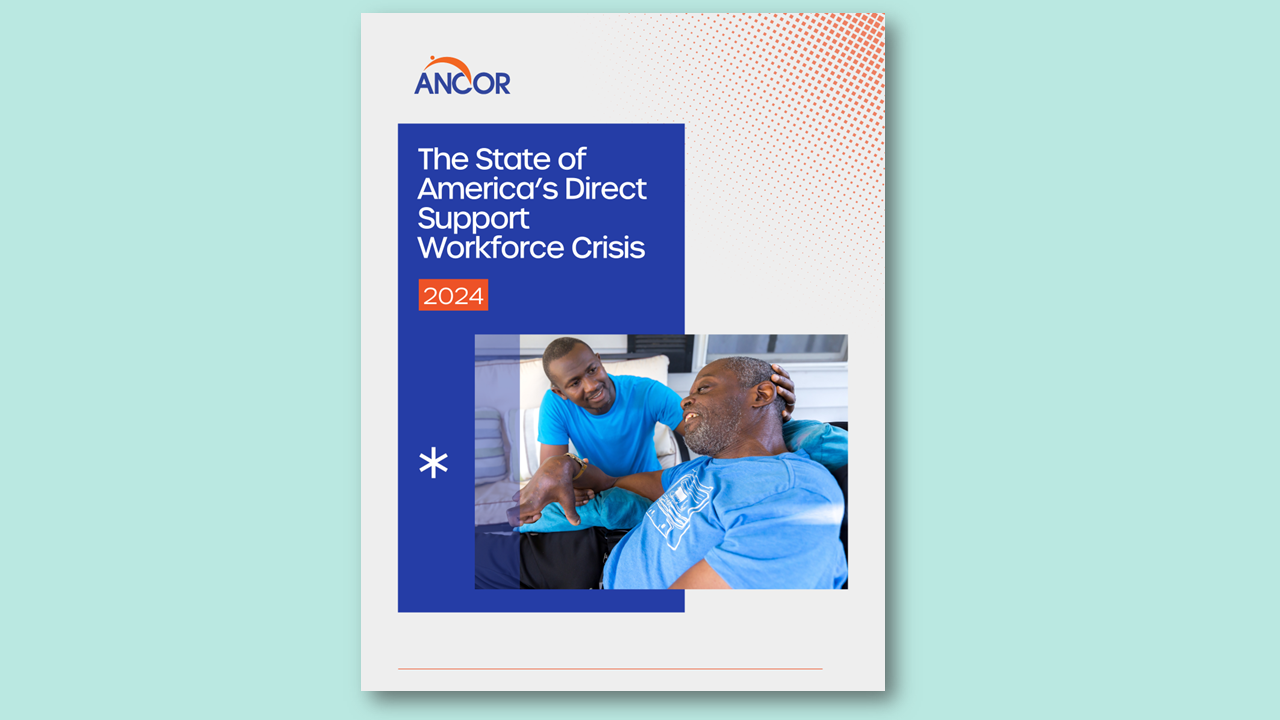Research & Reports
Provider Readiness for Operating in Alternative Payment Environments
Share this page
Stay Informed on the Latest Research & Analysis from ANCOR
More Resources
Comment Letters
ANCOR Letter Opposing Medicaid Cuts

Research & Reports
Federal Evidence Agenda on Disability
Research & Reports
The State of America’s Direct Support Workforce Crisis 2024



